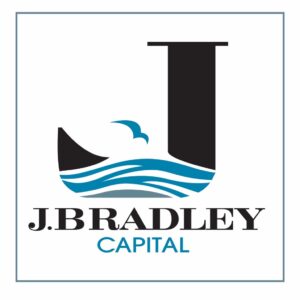Know What You Own: The Foundation of Smart Investing
Building wealth is a marathon, not a sprint. While most people focus on the finish line—retirement, that second home, the big financial goals, they often skip the most important first step: taking a complete inventory of their investments. This isn’t just about knowing how much money you have. It’s about understanding what you own, where it’s located, and how easily you can access it when needed.
Why Taking Inventory Matters
Think of your financial life like your home. You probably know what’s in your living room and kitchen, but what about that closet upstairs or the storage room in the basement?
Many people have a good handle on their main retirement account, but completely forget about smaller accounts scattered elsewhere. Maybe there’s an old 401(k) from a previous job, or some company stock you never sold, or that brokerage account you opened years ago and rarely check.
These “forgotten” accounts can add up to a significant portion of your wealth. The problem is, when you don’t know what you have, you can’t make smart decisions about your money. This is where a financial advisor, like J. Bradley Capital, becomes invaluable. They are skilled at tracking down these accounts and helping you see the complete picture without the headache of calling multiple institutions or deciphering confusing statements.
Understanding What’s Inside Your Accounts
Once you know where all your money is, the next step is understanding what it’s invested in. It’s one thing to know you have a Roth IRA; it’s another to know whether that account holds a diversified mix of investments or if it’s concentrated in just one area. Here’s what often happens: people end up with multiple accounts that are essentially doing the same thing. You might have two different funds both tracking the S&P 500, which means you’re paying extra fees without getting additional diversification.
A good financial planner will show you exactly what you own across all your accounts, identify any overlap, and explain how each piece fits into your overall strategy. They’ll also help you understand the tax implications of your different accounts and guide you toward a more efficient approach.
The Importance of Access to Your Money
After you understand what you own, you need to consider how quickly you can access your investments if needed. Life is unpredictable—job loss, medical emergencies, or unexpected opportunities can create an immediate need for cash.
This doesn’t mean keeping everything in a savings account. It’s about balance. You want investments that can grow over time, but you also need some money you can access relatively quickly if circumstances change.
A well-designed financial plan includes:
- Emergency funds for immediate needs
- Medium-term investments for goals 3-10 years away
- Long-term investments for retirement and beyond
Staying Flexible in Changing Markets
Markets go up and down, that’s normal, even if it’s unsettling. When market conditions change, you want the flexibility to adjust your strategy if needed. If all your money is tied up in investments that are difficult to sell, you might miss opportunities or be unable to rebalance when it makes sense.
A financial advisor helps you maintain this flexibility while keeping your long-term goals on track.
The Bottom Line
Working with a professional isn’t about giving up control of your money; it’s about gaining clarity and confidence. A financial advisor serves as your guide, helping you build a foundation designed not just for long-term growth, but also ensuring you can access your money when life requires it.
The first step to a secure financial future is knowing exactly where you stand. At J. Bradley Capital, we’re here to help you take that step and build a strategy that works for your real life, not just your financial goals.
This content was sponsored by J. Bradley Capital

